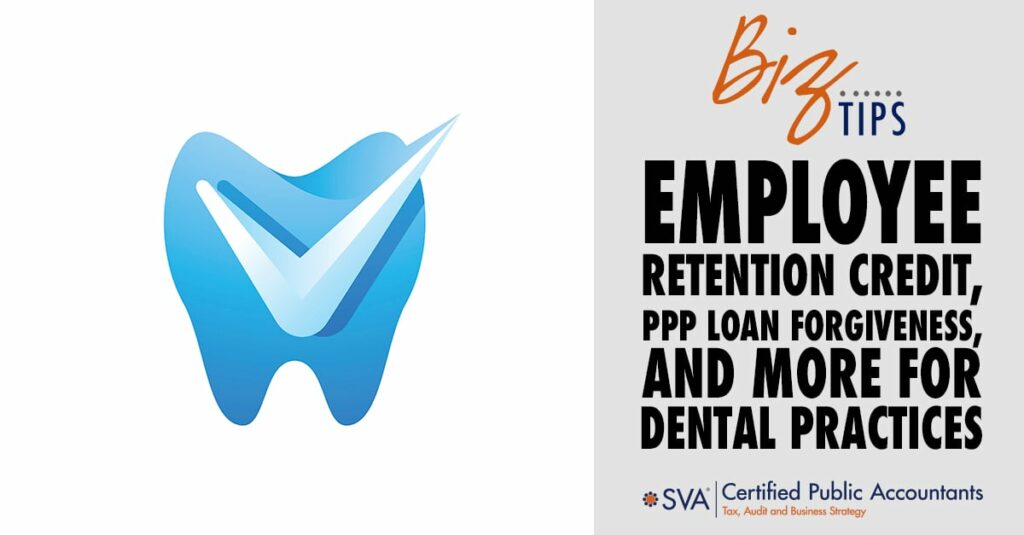There are several things you need to keep in mind when applying for the employee retention credit owner wages. For example, you must ensure that you are qualified for it. Secondly, you must be able to trace your wages to the specific amounts that will produce the credit. Lastly, you will need to wait a certain amount of time before you can receive a refund.
Qualifying earnings
If you are the owner of an LLC or C-Corp, you may be able to claim the Employee Retention Credit. However, you will need to meet certain criteria to qualify.
In order to qualify, the company must be a small business with less than 500 full-time employees and less than $100,000 in gross receipts. You must also have at least one employee who works at least 30 hours a week.
The Employee Retention Credit encourages businesses to retain their employees. It also helps reduce the social security tax burden. To qualify for the credit, an employer must file for the quarters that are applicable. Generally, an employer can claim up to 70% of the qualified wages it pays to its employees in the year.
Qualified wages include hourly pay, salary, and tips. Wages are not eligible if they were paid to workers on sick days, vacation, or for other days off. Also, the wages are not included in the ERC calculation if they were paid to an individual who is related to the company's owner.
The employee retention credit is a tax relief program that provides a refund for the wages of certain employees. This credit is not a loan and is not subject to FICA.
Qualified wages can be used to offset employment taxes, Social Security taxes, and health plan expenses. Employers may claim up to $7,500 per employee per quarter. They must use the amended 941 form to claim their credit.
To qualify for the employee retention credit, the employee must be a full-time employee. A full-time employee is defined as someone who works at least 30 hours a week, and who has been employed with the company for at least 130 hours a month.
In addition to paying full-time employees, employers can include wages paid to part-time employees in the ERC calculation. An employer can also include wages paid for the time the business is suspended.
The IRS has issued guidance on how to claim the credit. Those who want more information should consult tax experts. Taking the time to understand the qualification rules can save you time and money.
Disqualified relationships
If you're looking for the best way to maximize your ERC, it's a good idea to take a close look at your own business. For instance, is your company a majority owner? You might be surprised at the ERC restrictions that apply to your situation. In particular, the majority owner of a company that employs more than 100 full time employees will be limited to using qualified wages that are not currently being worked. This means that if your company pays its workers an hourly rate, you'll have to increase the amount of money you spend per employee to make it worthwhile.
A similar scenario exists when you're trying to determine the employee retention credit of your company. The Employee Retention Credit is a government incentive that helps businesses survive the COVID-19 crisis. However, in order to qualify for this reward, you'll need to understand your company's direct and indirect owners. That means you'll need to know which of the following individuals owns the most of the company's stock.
Of course, you'll also need to understand what the company's other shareholders, employees, and vendors are. This is important because the company's largest shareholder may not be your best option for hiring and retaining key personnel. And while the company's other shareholders may be a dime a dozen, the employee retention credit might be limited to a handful of qualified wage-payers.
Fortunately, you can find the answers to these questions in the IRS's handy list of qualified entities, which is aptly dubbed the Employee Retention Credit Guidance document. Specifically, it describes the rules for determining the relative ownership of a corporation, as well as how to identify and properly attribute the names of the aforementioned individuals. Similarly, it provides guidance on the proper methods to pay for related business expenses, such as office supplies and employee lunches. While you won't be able to claim an Employee Retention Credit for the vast majority of your employees' paychecks, you will be able to claim the aforementioned one-fifth of your payroll. Using this guidance, you'll be able to effectively minimize your tax bill while at the same time making your business more profitable.
Time it takes to receive a refund
If your business is interested in the Employee Retention Credit (ERTC) refund, it's a good idea to find out how long it will take to receive the money. This is because many businesses have experienced delays in the process. In fact, the IRS has had to hire a new team of agents to handle the ERC refund program.
The amount of time to receive an Employee Retention Credit refund depends on how your business files. If you file electronically, your refund should be processed within a month. However, if you have to send a paper Form 941, it could take up to four months.
Some of the factors that affect the time it takes to receive an ERC refund include how much time you have to file, your filing method, and how much documentation you provide. There are also additional procedures you may need to follow, such as submitting an amended payroll tax return.
To check on your return's status, you can use the IRS's website. You can also call the help line. A representative can answer your questions and help you claim your refund as soon as possible.
While the Internal Revenue Service hasn't hidden the millions of tax returns that are delayed, there's no guarantee you'll get a refund before it's due. Even if you've filed your Form 941 with all the correct information, you might have to wait six to 10 months to be evaluated.
If you're still unsure whether or not your company qualifies for an ERC, you can contact your local IRS office or a reputable ERTC filing service. These companies will have attorneys and tax professionals who know how to handle the paperwork. They'll also have an online tool that can help you determine whether or not you qualify for the credit.
Keep in mind that delays in the processing of your employee retention credit claims aren't your fault. They're the result of a backlog of claims that has caused the process to take longer.
If you want to receive your ERTC refund as soon as possible, it's best to make sure all your documents are accurate. Then, make sure you check the refund status on the IRS's website.

















